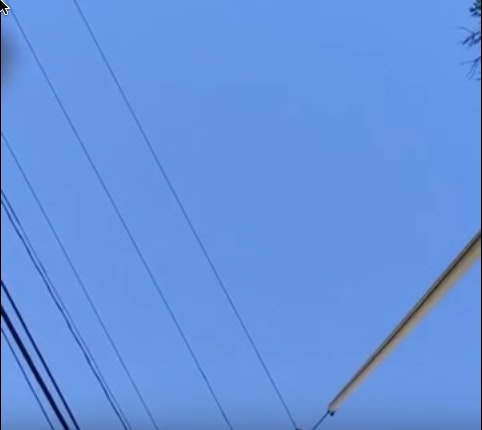A Broken Hallelujah: Mourning and Militancy for the Age of Authoritarian Nationalism
Where does politics happen in these conditions? Hannah Arendt called it the ‘space of appearance.’ Who has the right to appear? Where? In what time? In what imagined community and lineage? Whose land was it first? What does it look like?
A space of appearance does not theatricalize the market or create layered hierarchies. It thinks horizontally and in terms of intersections. The present task is to connect mourning and militancy in the manner of ACT UP, as Douglas Crimp once put it, to build the widest possible resistance. This is militancy in the tradition of the Suffragettes and Dr. Martin Luther King Jr. and if it appropriates a term from the bellicose, so much the better.
Across the country, Black people and those in solidarity with them have been reclaiming places outside the polis and against the police as spaces of appearance. Not spaces of representation. When people appear here, the space is opened by Black people. Others, ‘white’ if you like, affiliate with blackness knowing that when Black people get free, everybody gets free. And by extension, if Black people do not get free, nobody does.
On July 6, 2016, police shot Philando Castile in St Paul, Minnesota, following a traffic stop. The police thought his ‘wide-set nose’ matched that of a robbery suspect. For Mr Castile, this was the 46th and last such stop he had endured in the area for driving while Black. The cop told Mr Castile to produce his license and registration. In an excess of caution, he responded that he was carrying a weapon, for which he had a permit. When Mr Castile reached for his wallet to produce his documents, the panicked police shot him several times, leading to his death.


